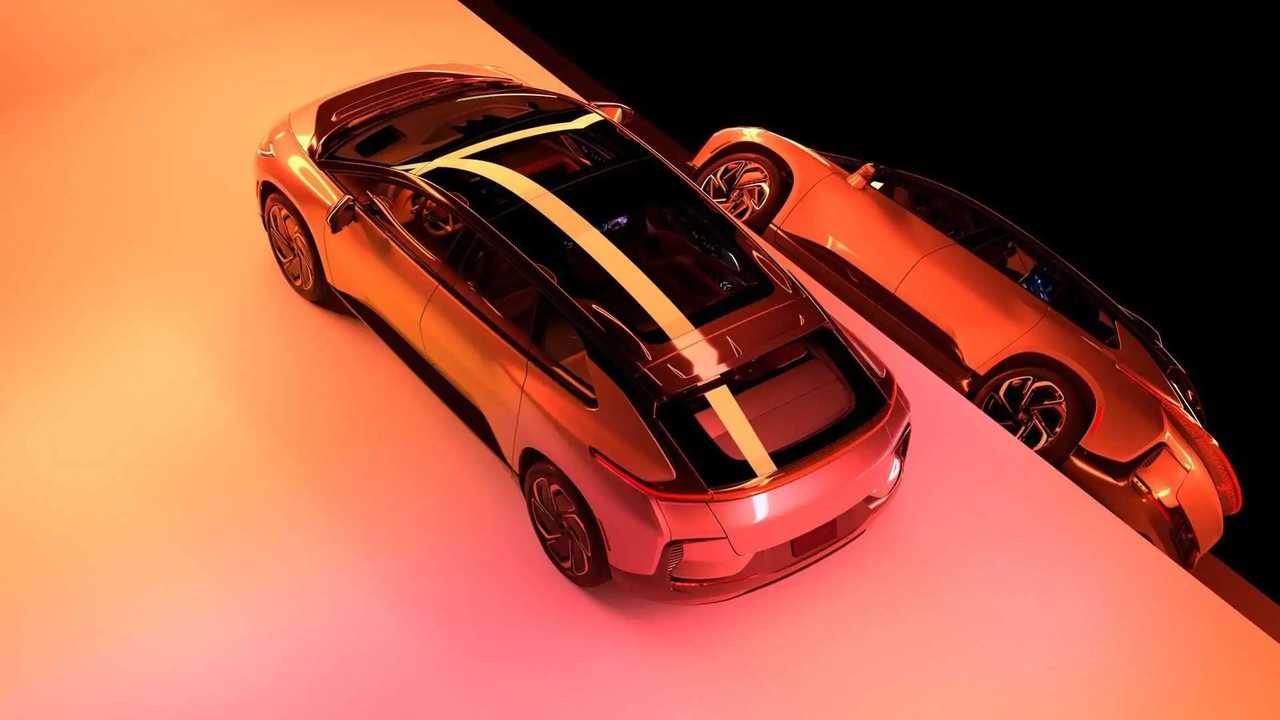- Faraday Future, the maker of the $300,000 FF 91 2.0 Future Alliance, wants to go mainstream.
- It launched a new mass-market car brand called FX.
- Two sub-$50,000 models are in the pipeline: the FX 5 and FX 6.
You’d be forgiven if you didn’t have an immediate answer to the question: What’s an FF 91 2.0 Future Alliance? That’s the name of Faraday Future’s sole electric vehicle, a $300,000 four-door ultra-luxury model that was supposed to be shipped in 2018 but deliveries eventually started five years later.
Faraday Future sold just 10 units last year, mostly because it had a hard time staying afloat, with barely enough money in the bank to keep the lights on. With all this being said, FF says it is keeping its hopes up and launching a new, more budget-oriented car brand known as Faraday X, which will allegedly produce two sub-$50,000 cars.
The cheapest, called the FX 5, will be a sporty Artificial Intelligence EV (AIEV) priced somewhere between $20,000 and $30,000. The second model, dubbed FX 6, will be “an extra-large luxury AIEV for the family” priced between $30,000 and $50,000, according to Faraday Future.
The company says it wants to sell both models with either an all-electric powertrain or an extended-range setup, but there are no concrete technical details at the moment. Faraday Future said it wants to start producing the FX 5 and FX 6 by the end of 2025 and that it already has relationships with four Chinese companies.
Two strategic framework agreements and two memoranda of understanding are also on the table, but what’s suspiciously missing from the information released by FF is how the impending ban on cars with Chinese software and hardware will affect its plans.

Faraday Future FF 91 2.0
Similar to the ill-fated Fisker, Faraday Future is an asset-light automaker, relying on other companies to design, produce and assemble components and complete vehicles. In theory, the concept could work–Bollinger Motors is doing it and Fisker had some success with it, albeit short-lived–but with heavy ties to China, it’s hard to believe that any of this will ever become reality in the United States.
In fairness, if Faraday Future manages to start assembling its budged-minded cars by 2025 as it plans, it would have at least a year of sales ahead of it. That’s because the U.S. Department of Commerce’s rules banning cars with software or hardware links to China would go into effect in 2027.
But that’s a very big “if,” considering the company’s past efforts, and we’re being generous there. The automaker has been racked with scandals for almost a decade, and so you’re going to need to take all of these claims with a few metric tons of salt and not just a grain or two.
American electric car manufacturer Faraday Future has announced plans to develop a $20,000 electric vehicle in the near future. This move comes as a surprise to many, as the company has long been associated with luxury electric cars and high price points.
Faraday Future, founded in 2014, made a name for itself with its sleek design and cutting-edge technology in the electric vehicle market. The company’s first production vehicle, the FF 91, was marketed as a high-performance luxury electric SUV with a starting price of over $100,000.
The decision to develop a more affordable electric vehicle raises questions about Faraday Future’s overall strategy in the market. The company has faced financial challenges in the past, leading to delays in production and uncertainty about its long-term viability.
Despite these challenges, Faraday Future seems determined to expand its reach and appeal to a wider range of consumers with the $20,000 electric vehicle. This move aligns with the growing trend towards more affordable electric vehicles as governments around the world push for greater adoption of electric cars to reduce greenhouse gas emissions.
However, the road ahead for Faraday Future is not without obstacles. Developing a $20,000 electric vehicle will require significant investment in research and development, manufacturing, and supply chain management. The company will need to carefully balance cost considerations with quality and performance to ensure that the vehicle meets consumer expectations.
Furthermore, competition in the affordable electric vehicle market is fierce, with established players like Tesla and new entrants like Rivian and Lucid Motors vying for market share. Faraday Future will need to differentiate itself with unique features, design, and branding to stand out in this crowded field.
Overall, Faraday Future’s decision to develop a $20,000 electric vehicle represents a bold move for the company as it seeks to diversify its product offerings and appeal to a broader customer base. The success of this venture will depend on the company’s ability to navigate the challenges of the electric vehicle market and deliver a compelling and competitive product to consumers. Only time will tell if Faraday Future can achieve its goal of making electric vehicles more accessible to a wider audience.

